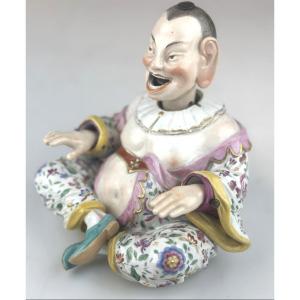"Meissen Porcelain Figurine Nodding Pagoda 18th Century"
Porcelain figure known as ‘pagoda’, ‘pagodes’ or ‘magots’, first began to be acquired by amateur collectors in Europe in the 17th and 18th Centuries. The European models are called ‘pagoda’ (or ‘pagode’) figures because they were based on sculptures found in pagoda temples in South and East Asia, which represented the deities worshipped there. In the 17th and 18th Centuries, these figures were created by Asia for export to Europe, where they became instantly fashionable.
In the early 18th Century, ‘pagoda’ figures began to be made by the Meissen factory in Germany. The undersides of these models are marked with blue crossed swords, indicating that they are Meissen ‘pagodes’. Founded in 1709, Meissen was the first manufacturer of true porcelain in Europe. The factory received royal backing by King Augustus II The Strong, and enjoyed the patronage of the European nobility and social elite.
Dimmensions:
height - 15 cm
width - 14 cm















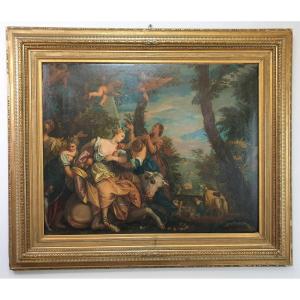
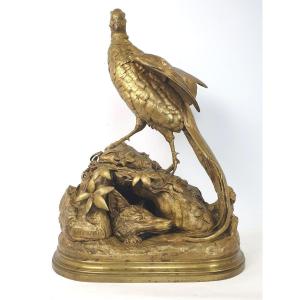
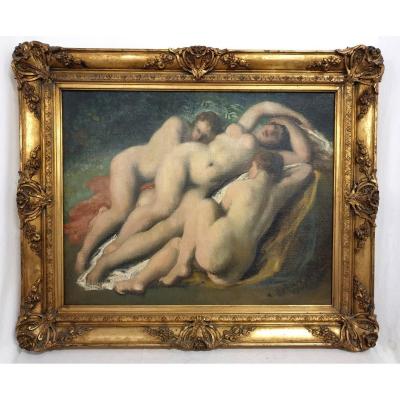
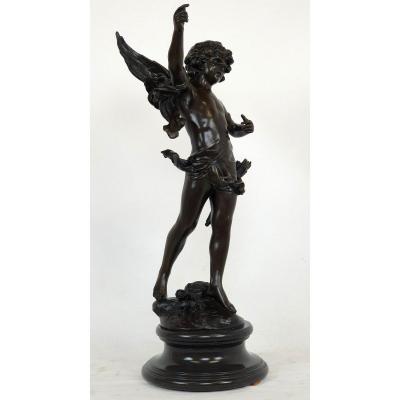





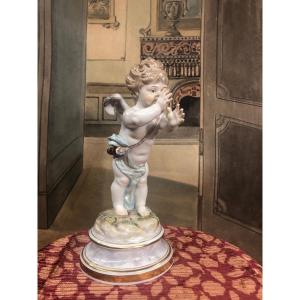





 Le Magazine de PROANTIC
Le Magazine de PROANTIC TRÉSORS Magazine
TRÉSORS Magazine Rivista Artiquariato
Rivista Artiquariato
